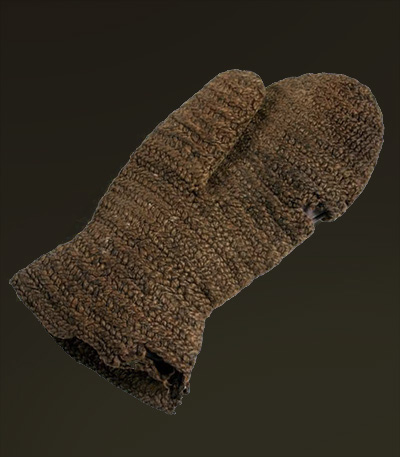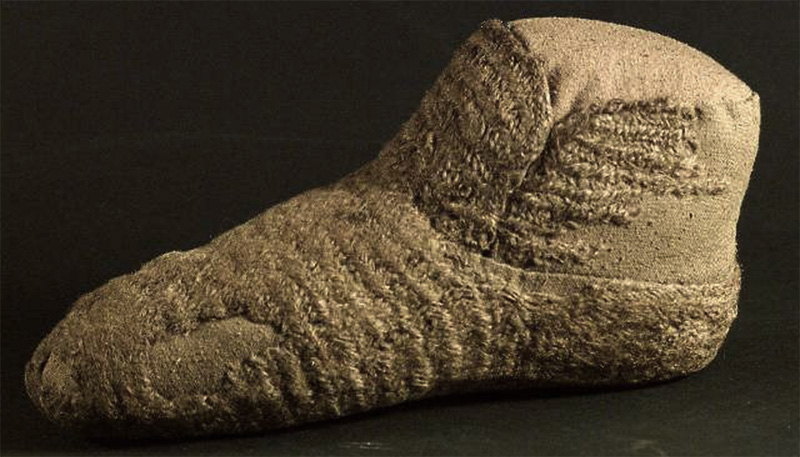|
|
||||||||||||||
Are you tired of my needlebinding yet? ;-) 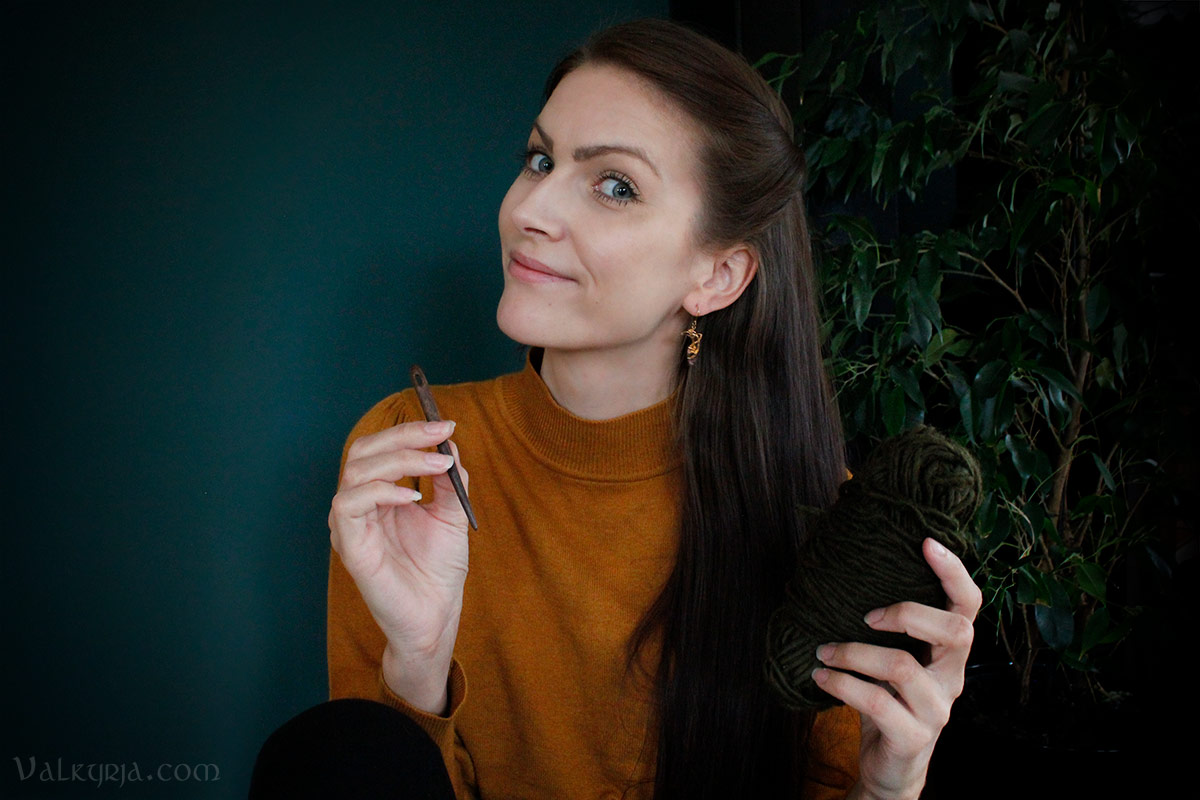
There will be some other content up on the blog and other channels very soon! But after making a lot of hats and wrist warmers I've been up to making socks lately. I've been told by a few of you that you've learned to master this technique from my last video-tutorial, and that makes me so happy. Our ancestors have been passing needlebinding on for hundreds and thousands of years, but this technique is now on the red list of endangered crafts, at risk of disappearing. 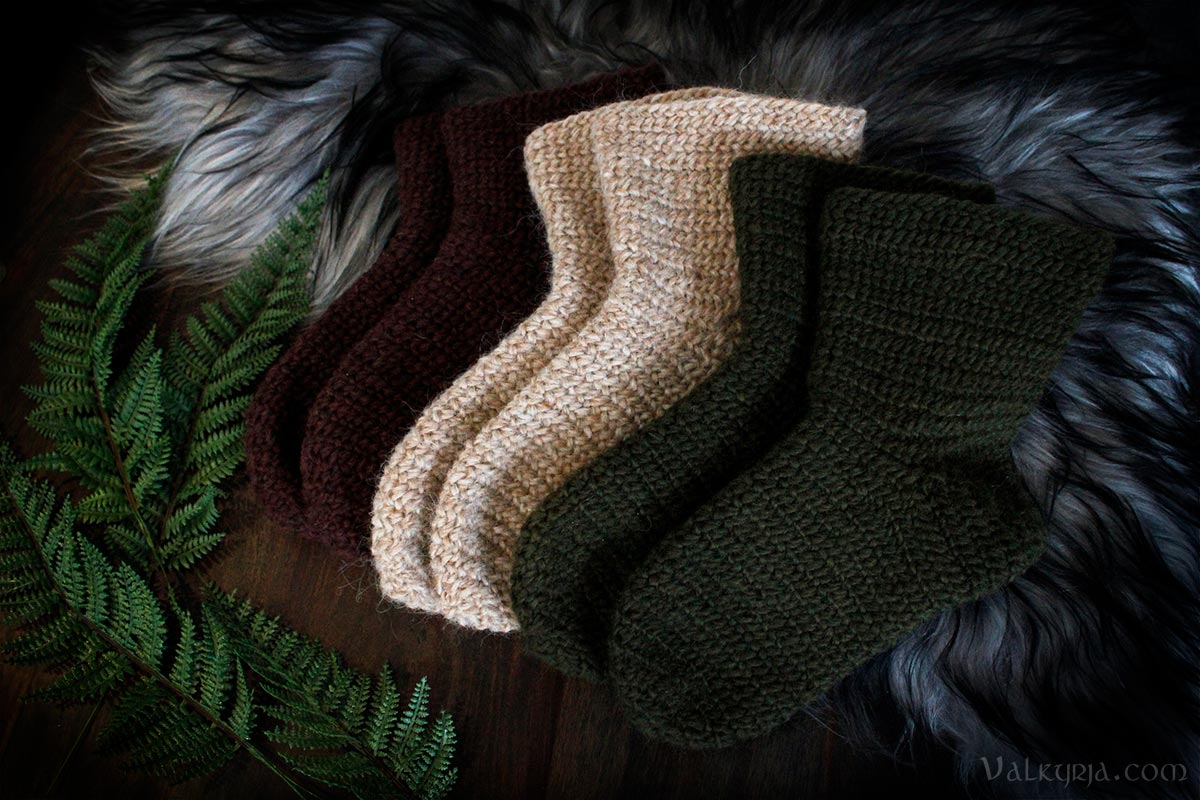
Now that so many of us are cooped up at home more than usual, and most of this summers' historical markets have been cancelled, what's better that unleashing our creativity and learning how to do something new? I was inspired to make another step by step video tutorial, this time showing you how to make a pair of socks for yourself or a loved one. I do however warn you—when people see that you can make these, you are likely to be asked to make a lot more of them as presents... (The stitch I am using is the so-called Oslo-stitch, which is not all that complicated. But if you have never tried to needlebind before, it might still be good to start by making wrist warmers, which is easier to do when you're learning the basics of the technique because it doesn't require increasing and decreasing.) I was recently asked whether I could make Norwegian versions of the videos for the organizer of a historical event here in Norway. So I went ahead and uploaded versions of both tutorials with Norwegian voiceover as well, you will find them here and here. Have you been up to some handicraft lately, perhaps learning something new? # Comments
Needlebinding (or nålebinding in Norwegian), is an ancient technique and one of the oldest known to produce textile from fibers. 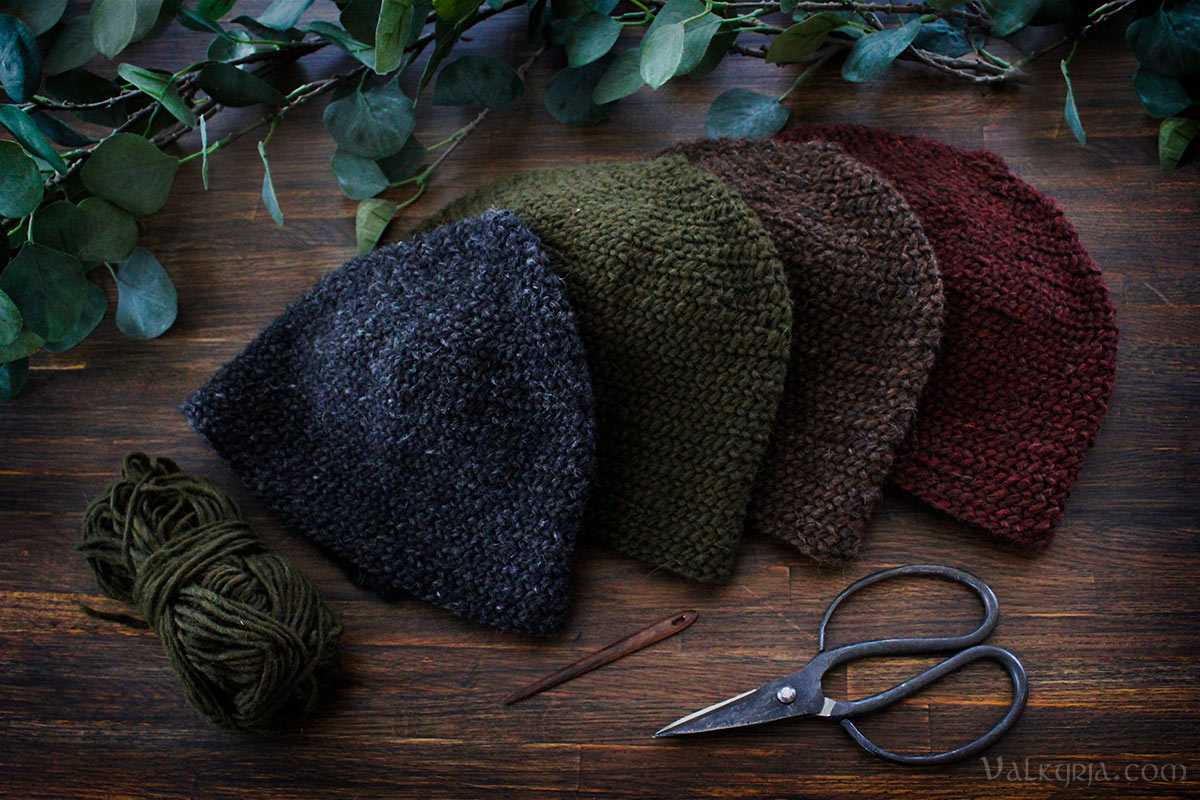
I was introduced to needlebinding by a friend during a market at Karmøy many years ago, then forgot how to get started, went to a needlebinding class at the museum, only to forget the process again (how on earth did I manage to finish my thesis with that kind of attention span?). This summer I finally decided it was time to learn it once and for all, and I brought lots of good, thick Icelandic yarn home with me. My mamma also brought back a bunch more from her trip a few weeks ago, replenishing my stock with new beautiful colors to work with. ^^ 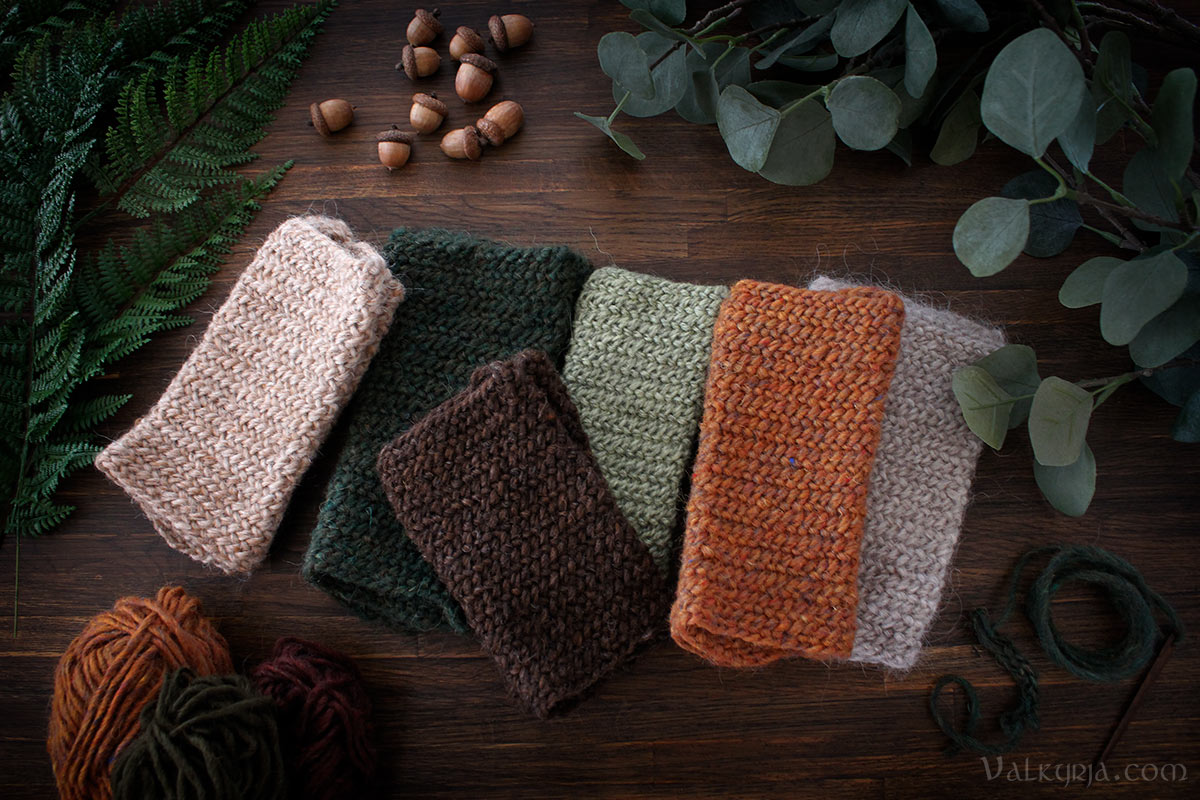
When needlebinding you work in loops, and pull the whole working thread through each loop continuosly (joining in new pieces of yarn as you go). The increasing and decreasing which is required to make various garments is not difficult, but when learning and getting used to the technique I found simple wrist warmers to be a good place to start, and I've recently moved on to making a few hats as well. Looks like I will have no problems staying warm this winter! 
The oldest findings of needlebound fragments in Scandinavia are from Tybrind Vig in Denmark, dated to 4200 BCE. When looking beyond Europe, however, needlebound fragments as old as 8000-6500 BCE have been found in Israel using plant fibers and possibly human hair, followed by findings from e.g. ancient Egypt and South-America. As pointed out by in Claßen-Büttner's book from 2015, "the technique is so old that its roots are hidden deep in the mists of prehistory". It is unlikely to have a single origin, and was more likely developed independently in different parts of the world. Needlebinding is done using a single needle made from e.g. horn or bone, and comparable needles have been dated as far as 30 millennia back in time. Findings of more complete garments in Scandinavia have been dated from the late Iron Age and appear to have been more common during the Medieval period. Below are a couple of examples: A mitten found in Arnheiðarstaðir, Iceland (dated to 900-1000 CE, photo: Þjóðminjasafn Íslands), and a sock found in Uppsala, Denmark (medieval period, photo: Upplandsmuseet).
As a time-consuming technique that requires relatively much yarn, needlebinding was later effectively replaced by knitting, but it holds many advantages over such more modern techniques. It is much thicker, warmer, and more durable. If you get a hole in a needlebound garment, it won't rip, and you can easily close it with a few stitches. Needlebinding is a technique that is red listed and threatened by extinction, so perhaps I may inspire some of you to pick up a needle and try for yourself? ^^ I've made a video below to guide you through the process! Do you do any historical handicraft? 🌿 # Comments |
 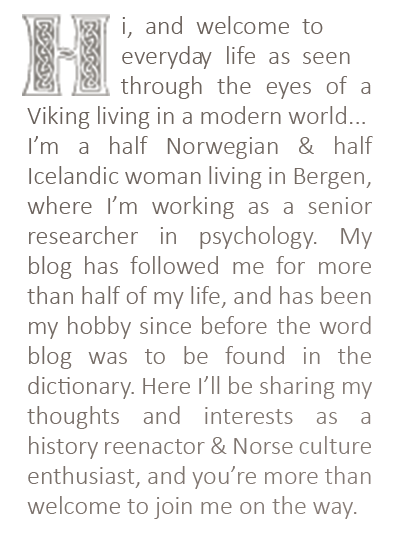
|
|||||||||||||
|
||||||||||||||
